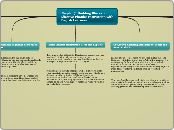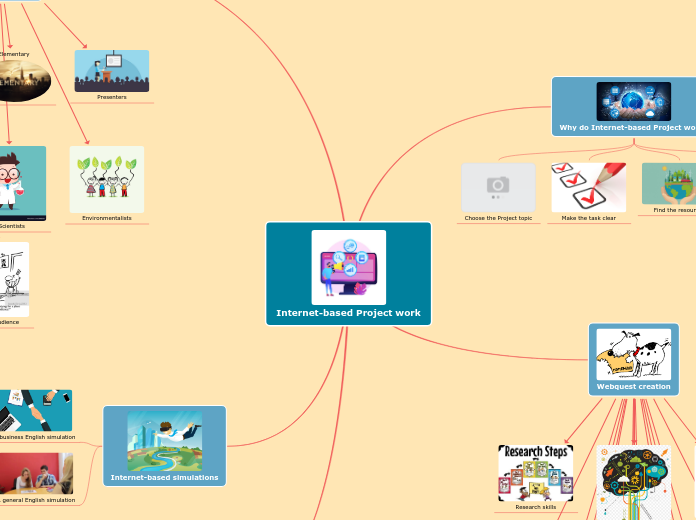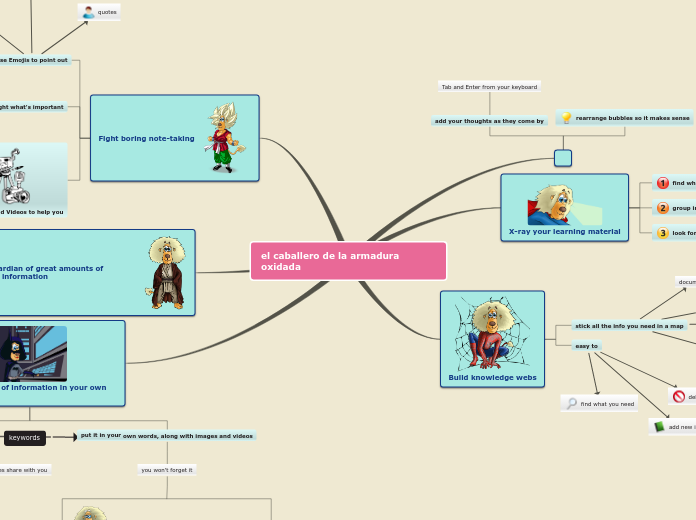arabera Chandler Farrell 13 years ago
401
Factors Influencing Second-Language Literacy Development
Effective phonics instruction for English learners hinges on several key strategies. Continuous informal assessments are vital; these can include observing students during activities, having them share reflections, or using simple gestures like thumbs up or down.









